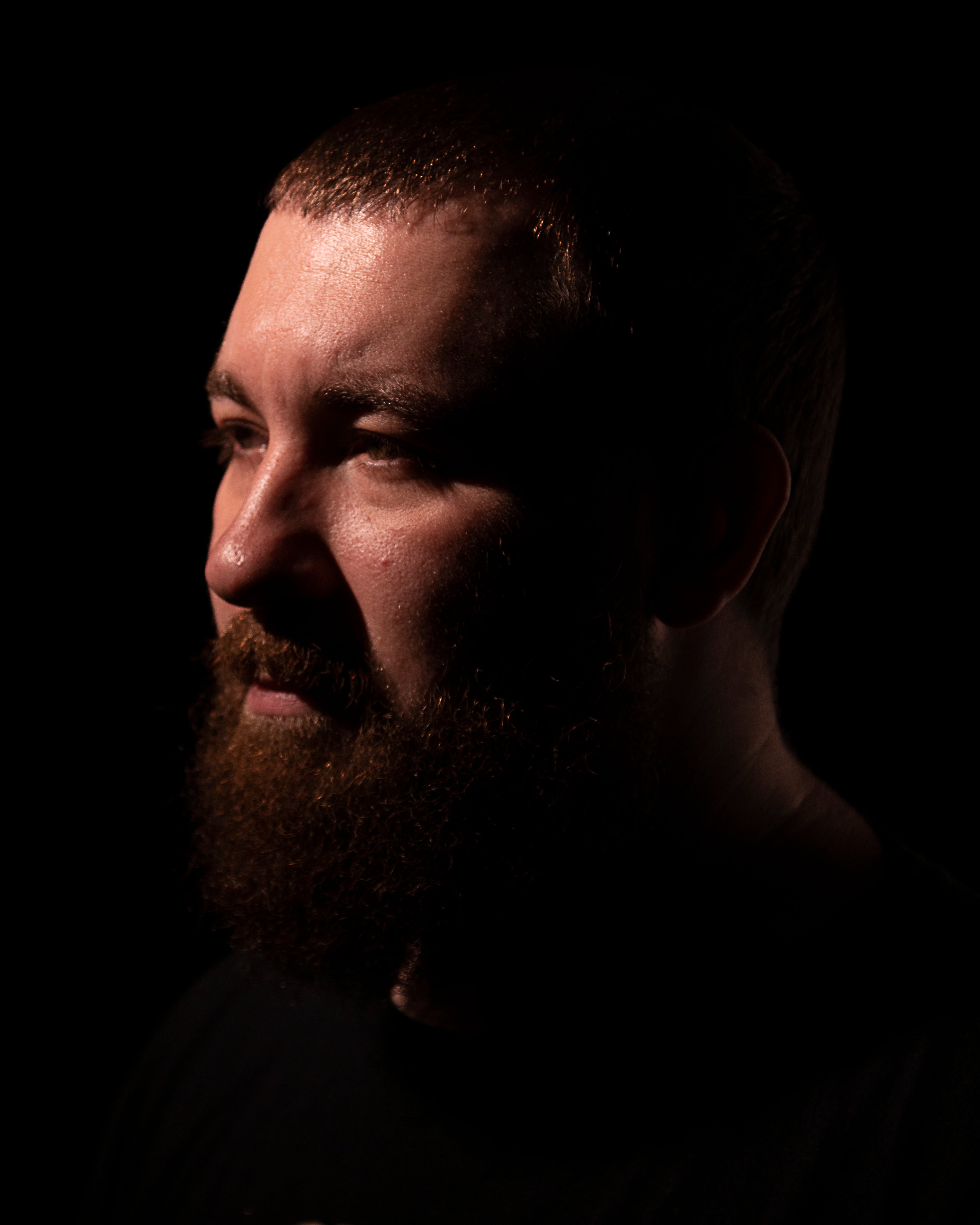Menu
Lens Adapters
Lens Adapters
Lens Adapters
Lens Adapters
Lens Adapters
Lighting/Grip
Light Modifiers
WonderPana System
Accessories
Other Gear
Other Gear
×















1 comment
chuck kimball
As I was told, Rembrandt did a lot work while living in a basement with a single street level window. I have always assumed that was a major factor in his lighting … The window was probably dirty which turned it into a soft box like we use today.. If that isn’t true, at least it makes a good story… goes back at least fifty years for me…